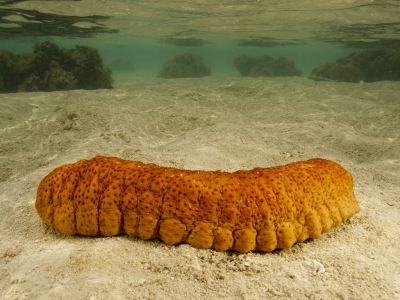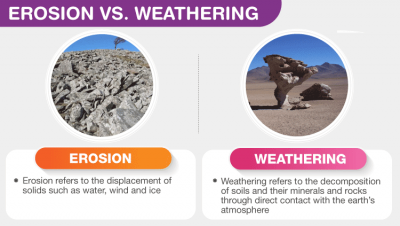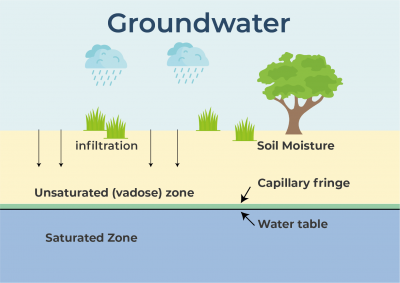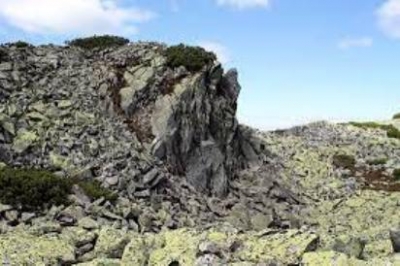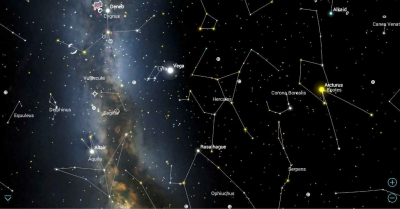
There are 88 modern constellations recognized by the International Astronomical Union (IAU). The list of the modern constellations was adopted by the IAU in 1922. The constellation boundaries as we know them today were set in the late 1920s. 36 modern constellations lie principally in the northern celestial hemisphere, while 52 are found in the southern sky.
The list of the modern constellations and the abbreviations used for them were produced by American astronomer Henry Norris Russell and approved by the IAU in May 1922. Russell’s list corresponded to the constellations listed in the Revised Harvard Photometry star catalogue, published by Harvard College Observatory in 1908. The constellation boundaries were drawn by Belgian astronomer Eugène Delporte and officially adopted in 1928.
The 88 modern constellations have different origins. Most of them are roughly based on the 48 ancient constellations catalogued by the Greek astronomer Claudius Ptolemy of Alexandria in his Almagest, an ancient astronomical treatise written in the 2nd century CE. These constellations are mostly associated with figures from Greek mythology. They include Andromeda, Cassiopeia, Perseus, Pegasus, Hercules, Orion, Ursa Major, Ursa Minor, Canis Major, Canis Minor, Eridanus, and the 12 zodiac constellations.
However, Ptolemy did not create these constellations. They were already well-known to observers long before his time. Even though they are called Greek constellations, they were not necessarily created by the Greeks. Depictions of some of the ancient constellations or the asterisms they are known for go back to prehistoric times and their creators are unknown.
Fifty of the modern 88 constellations are based on the Greek ones. Only one of Ptolemy’s constellations – Argo Navis – is no longer in use. Once the largest constellation in the sky, Argo Navis represented the ship of Jason and the Argonauts. It was divided into three smaller constellations – Carina, Puppis and Vela – by the French astronomer Nicolas-Louis de Lacaille in the 18th century. The three smaller constellations remain in use.
Credit : Constellation-guide
Picture Credit : Google

